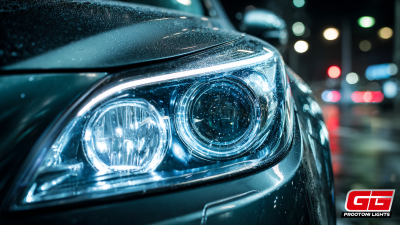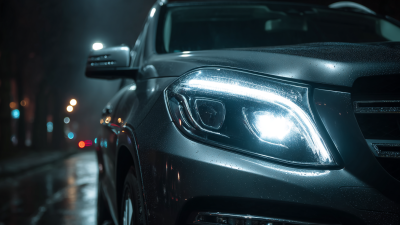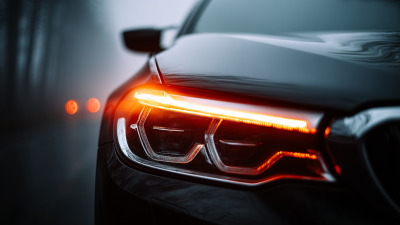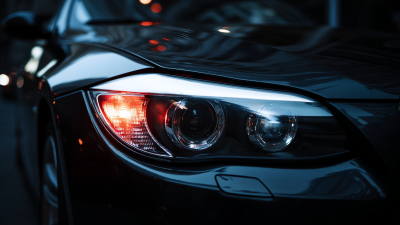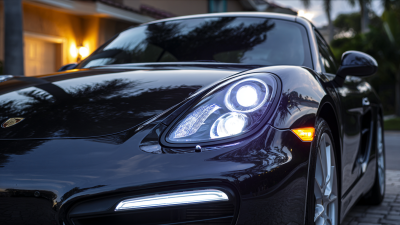When it comes to driving at night or in adverse weather conditions, visibility becomes paramount for ensuring safety on the road. Choosing the right Automotive LED Lights can significantly enhance your driving experience by improving illumination and visibility. LED lights have rapidly gained popularity due to their energy efficiency, durability, and brighter output compared to traditional halogen bulbs. However, selecting the appropriate LED lights involves considering various factors such as brightness, beam pattern, color temperature, and compatibility with your vehicle. This guide aims to provide essential insights and practical tips to help you navigate the myriad options available in the market, ensuring that you make an informed decision that meets your specific needs for optimal visibility and safety. By understanding these critical elements, you can enhance not only your vehicle's performance but also your overall safety on the road.
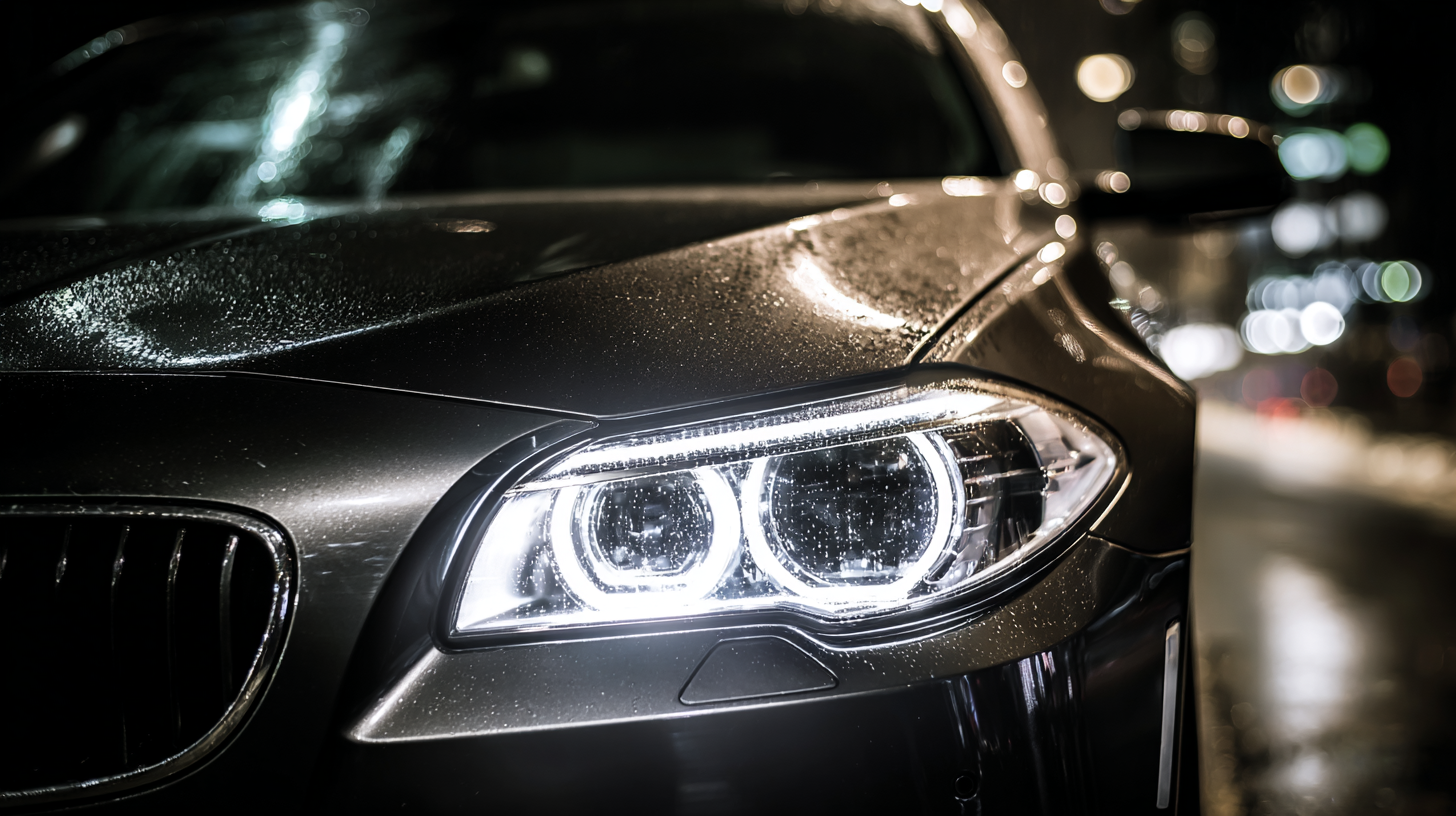
When choosing automotive LED lights, understanding the different types available is crucial for optimal visibility and safety. The market offers a range of LED lighting options, including headlights, taillights, fog lights, and interior lighting, each designed for specific purposes. According to a study by the National Highway Traffic Safety Administration, vehicles equipped with high-quality LED headlights can enhance visibility by up to 200% compared to traditional halogen lights. This increased visibility is vital for safe driving, especially in adverse weather conditions.
**Tips:** When selecting LED headlights, look for options with a color temperature between 5000K and 6000K, as they provide the best clarity and brightness while remaining comfortable for the eyes. Additionally, ensure that the lights comply with local regulations and safety standards to avoid issues during night driving.
For taillights and turn signals, consider those with fast response times, which can reduce the chance of rear-end collisions. A report from the Insurance Institute for Highway Safety indicates that vehicles with LED brake lights are 50% more likely to be noticed by drivers behind them, significantly enhancing overall road safety.
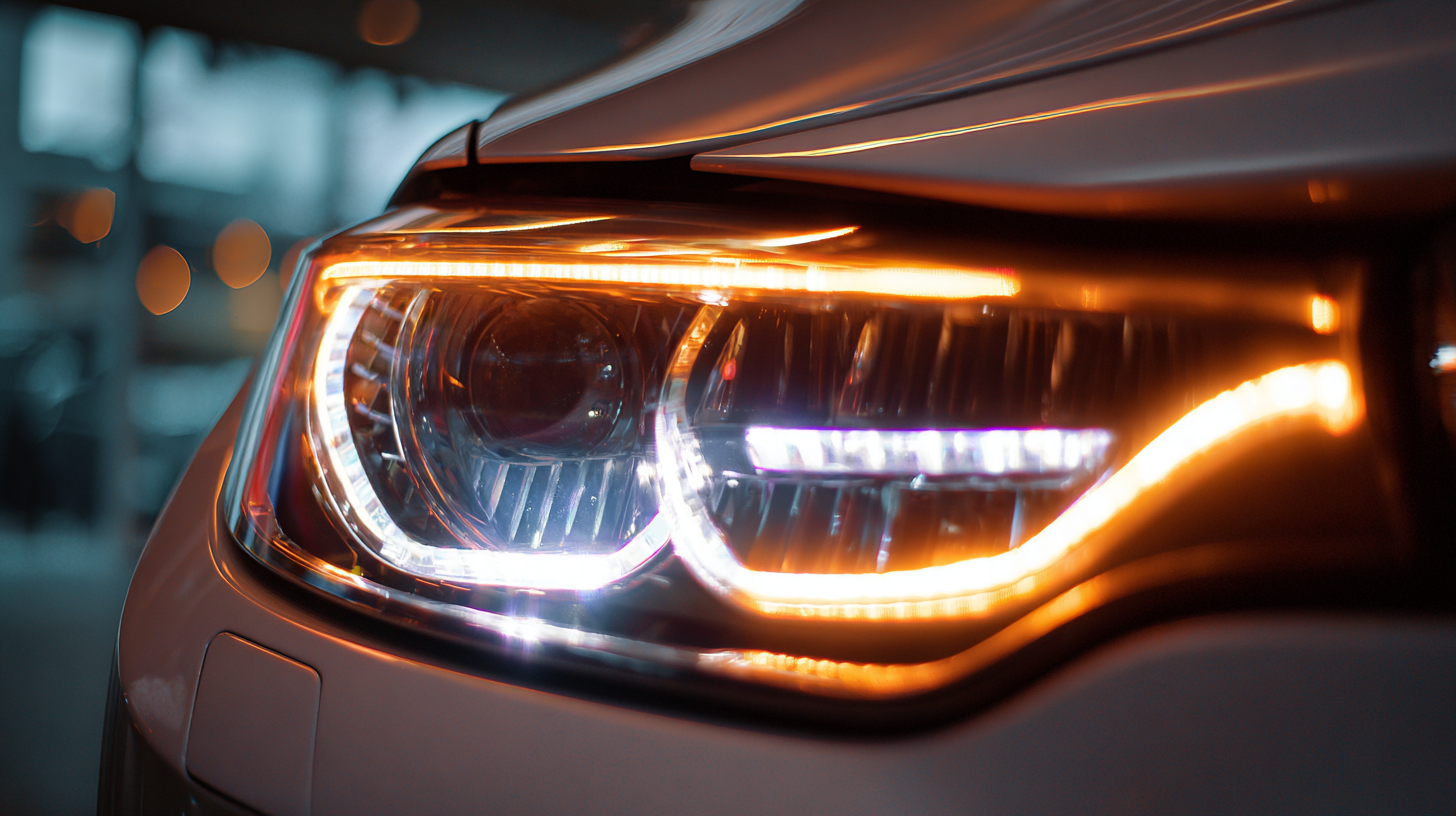
When selecting automotive LED lights, brightness is a critical factor that plays a significant role in visibility and safety. Brightness is typically measured in lumens, with higher lumen outputs translating to brighter lights. For optimal visibility, choosing LED lights with at least 2,000 to 3,000 lumens is advisable for headlights, which enhances not only your ability to see further at night but also your vehicle’s presence on the road. However, it's essential to strike a balance; excessively bright lights can cause glare for oncoming drivers, increasing the risk of accidents.
Another important consideration is the color temperature of the LED lights. Measured in Kelvin (K), color temperature impacts how well you can see under different conditions. A color temperature between 4,000K and 6,000K is often recommended, as it provides a clear, white light that closely resembles daylight. This range improves contrast and depth perception, making it easier to identify obstacles, road signs, and lane markings. Warmer colors (under 4,000K) tend to be less effective for nighttime driving, while cooler temperatures (above 6,000K) might create a blue tint that can reduce visibility in foggy or rainy conditions. Thus, balancing brightness and color temperature is crucial for ensuring optimal visibility and safety when choosing automotive LED lights.
When it comes to enhancing safety while driving at night or in low visibility conditions, the placement of LED lights is critical. Properly positioned lights can significantly improve visibility for both the driver and other road users. For instance, front-facing LED lights should be installed at a height that allows them to illuminate the roadway without blinding oncoming traffic. Lower placements can lead to glare, which compromises safety for everyone on the road.

Additionally, rear and side LED lights play an essential role in maximizing visibility and awareness. Rear lights should be positioned to be easily seen by other drivers, signaling braking and turning intentions clearly. Side markers can further enhance vehicle profile visibility, especially during lane changes or when parked along the roadside. By strategically placing LED lights, drivers can not only increase their own sightline but also contribute to a safer driving environment for all.
When selecting automotive LED lights, energy efficiency and longevity are critical factors to consider for optimal visibility and safety. Energy-efficient LED lights consume less power compared to traditional lighting options, reducing the strain on the vehicle's electrical system. This not only helps in decreasing fuel consumption in vehicles with alternators but also prolongs the lifespan of the battery, ensuring reliable performance in various driving conditions.
Additionally, the longevity of LED lights significantly enhances their appeal. Compared to conventional bulbs, LEDs have a much longer operational life, often exceeding 25,000 hours. This durability means fewer replacements and lower maintenance costs over time. It's crucial to choose LED products from reputable manufacturers to ensure quality and performance.
High-quality LEDs are designed to withstand harsh environmental conditions, providing consistent brightness and functionality regardless of temperature fluctuations or moisture exposure. By prioritizing energy efficiency and longevity, drivers can ensure that their vehicles are equipped with lights that enhance visibility while also promoting safety on the road.
When selecting automotive LED lights for optimal visibility and safety, it is crucial to focus on identifying quality brands and reliable products. Well-established brands often have a reputation for producing durable and high-performance lighting solutions. Researching brand histories, customer reviews, and professional recommendations can help ensure that you are choosing from the best options available. Brands that invest in advanced technology and rigorous testing typically provide superior brightness and longevity, which translates into safer driving conditions.
Additionally, look for products that meet or exceed industry standards. Certifications and warranties can serve as indicators of quality and performance. Consider features such as brightness (measured in lumens), beam pattern, and color temperature. Products that offer adjustable settings can enhance driving safety by allowing you to customize the lighting based on specific environments, whether on dark backroads or busy city streets. By prioritizing reputable brands and verified product specifications, you can make an informed choice that enhances your vehicle’s visibility and overall safety.
